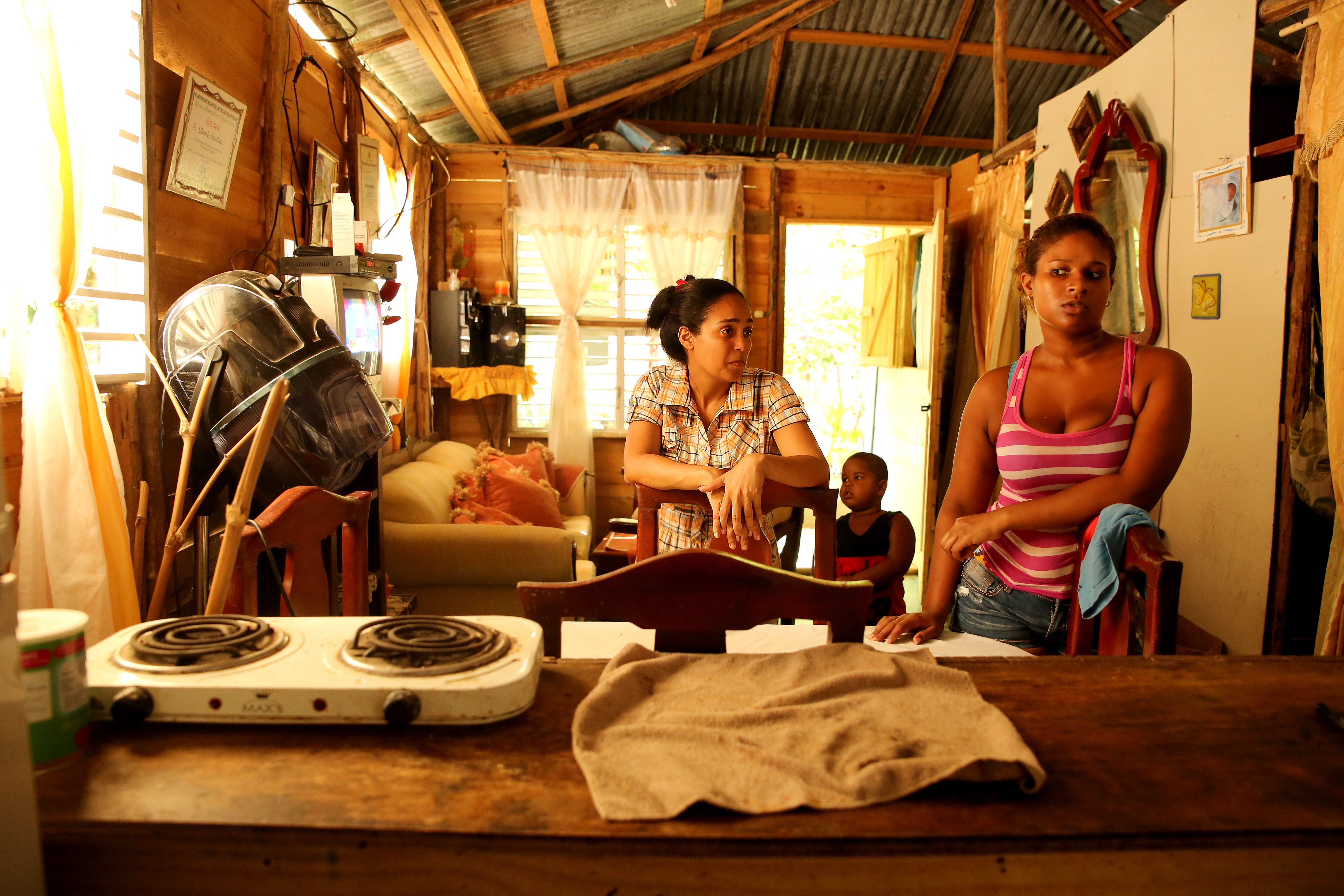Magaly Lantigua unlocked a door to the library inside her church.
A fan rotated on the ceiling of the room, providing a welcome relief from the hot Dominican sun. Lantigua joked earlier she didn’t want to cook under the sun like food in the solar ovens sitting beside the capilla (chapel).
Lantigua is responsible for the Iglesia Evangelica Dominicana capilla in Villa Magante. She had been a leader in putting together the library, now filled with books for children in the community to learn how to read.
The mother of four takes pride in her church role, having recently graduated from high school herself. She uses her days off from work to study so she can attend a university in a neighboring community.
“For me it’s very important to pursue advanced studies and after I get a good job I can help other people in the community and my family,” Lantigua said in Spanish through a translator.
She hopes to become a nurse and maybe even a doctor. She’s been practicing basic skills in her community, but knows she’d serve a greater need with a degree.
Lantigua thinks a solar oven will help her get there. Solar ovens capture energy—or heat—from the sun and use it to cook food.
She said using a solar oven would save her 1,000 pesos ($22) a month. Right now she’s spending 10,000 pesos ($220) on food alone each month to feed her family.
The money she would save using a solar oven would go toward transportation to the university.
Working at the capilla separates Lantigua from the rest of her community already—she has a job. But like many of the women in Villa Magante, Lantigua loves to cook for her family.
She remembers starting to cook when she was 8 years old. Her mother taught her how to prepare the staples of a Dominican Republic diet—rice, beans and meat.
The knowledge her mother passed on to her still serves her well as Lantigua prepares rice, beans and meat for family every day.
Like many other people in her community, she uses a gas stove to cook. She fills up her tank of gas multiple times a month, costing her about 1,000 pesos for a tank of gas.
The price of gas fluctuates making it hard to measure how much the commodity will take out of her family’s monthly income. Most of the time, the price of gas goes up.
“We live by faith,” Lantigua said about preparing for inflated prices.
Electric stoves are an option, if people can afford it. Lantigua can’t, but said electricity in her community usually isn’t on anyway. Rolling black-outs across the country prevent the alternative cooking method.
Looking up at the fan in the room, I see that it has stopped. The rest of the fans in the capilla have stopped working as well. Lantigua didn’t know when they would come on again.
Lantigua spent the rest of the day building ovens and preparing food for a solar oven workshop at her capilla. She stayed until the end, helping people load the ovens they bought onto a bus.
Lantigua couldn’t afford a solar oven. It costs 1,000 pesos and she has to worry about caring for her family with the money she has now. She says she hopes to get one the next time a workshop comes to her church.
(Editor's note: This story was updated on September 3, 2016.)
